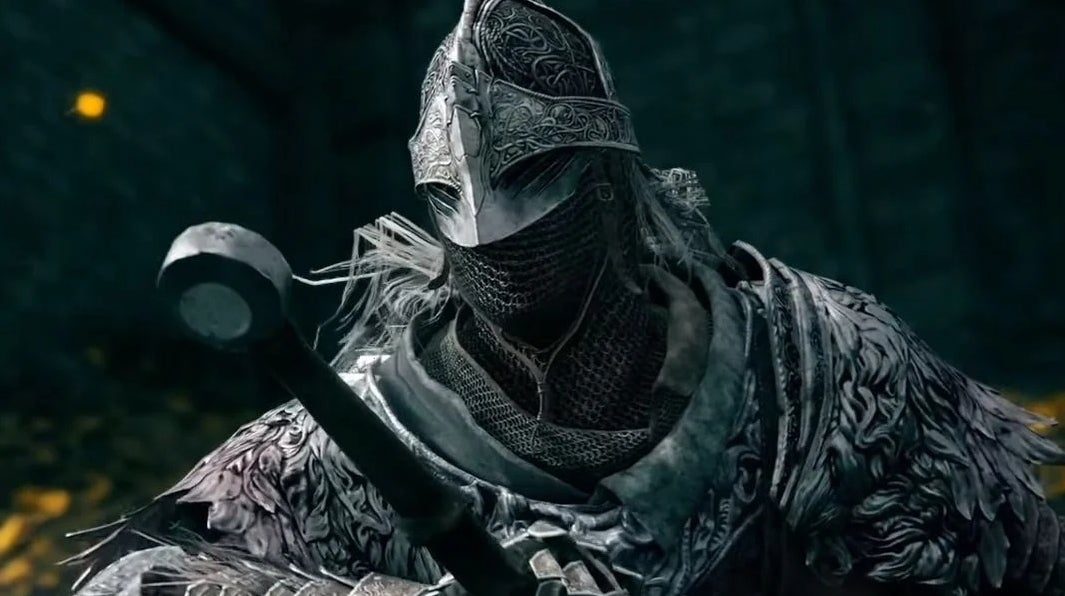The recent Elden Ring closed network test gave us an invaluable opportunity to spend some time with From Software’s latest – albeit limited owing to tight test periods. Without question, this is one of the most exciting games of 2022, and the test sample proved generous. This is From Software evolving its punishingly hard ‘Soulsborne’ concept, though the more linear design of prior works shifts to the open world – a decaying land dubbed ‘The Lands Between’. Every inch of its lore, every grotesque creature, is sumptuously rendered on a scale quite unlike anything we’ve seen from this engine, this studio. Grass draws in thick, and far to the horizon. There’s a day/night cycle, plus weather states including rain, storms. And to cover so much ground across its wide open terrain, of course, you’re given a steed to ride early on, complete with a nifty double jump. This freedom to adventure in any direction, to go anywhere, is the key to Elden Ring’s appeal.
The closed network test limits the player to Limgrave, the first region of Elden Ring, so while restrictive in some respects it’s still gigantic compared to most demos. Many long hours of gameplay are contained therein – the catch being that only those who gained extra early access (including Eurogamer’s own Aoife Wilson) would have had the opportunity to truly dig deep into what the beta offered. In summary: you pick one of five classes to start and then, you’re simply free to choose wherever you want to go: free to discover dungeons or battle the many bosses as you please – all told a pretty impressive feat for a 9GB install. And somehow, despite the vanishingly small time window available to play, we managed to test Elden Ring on every console: seven machines in total and a grand total of 11 different gameplay permutations.
From Software breaks new ground here with its world-building, but by and large, we’re in familiar territory when discussing the game on last generation machines. You can consider PlayStation 4 as the main template for a last-gen experience. Foliage density, shadows and texture quality are broadly matched with PS4 Pro, and even Xbox One X. In other words, while resolutions may differ between these three, much else is the same even on the enhanced machines. The difference? PS4 renders at a native 1080p, whereas the two enhanced machines target 1800p instead, with PS4 Pro using checkerboard rendering to achieve this number. Xbox One X on the other hand targets 1800p, but similar to Sekiro: Shadows Die Twice, it uses dynamic resolution scaling (a 1512p-1800p window, by the looks of it). Xbox One is the outlier. Not only is 900p the target, but foliage density, texture filtering, the depth of field effect, shadow quality and ambient occlusion also seem to be pared back, putting this into ‘lower tier’ territory. Animations on enemies in the Xbox One build also occasionally drop to half-rate in some scenarios – 15fps – which looks very odd indeed.
